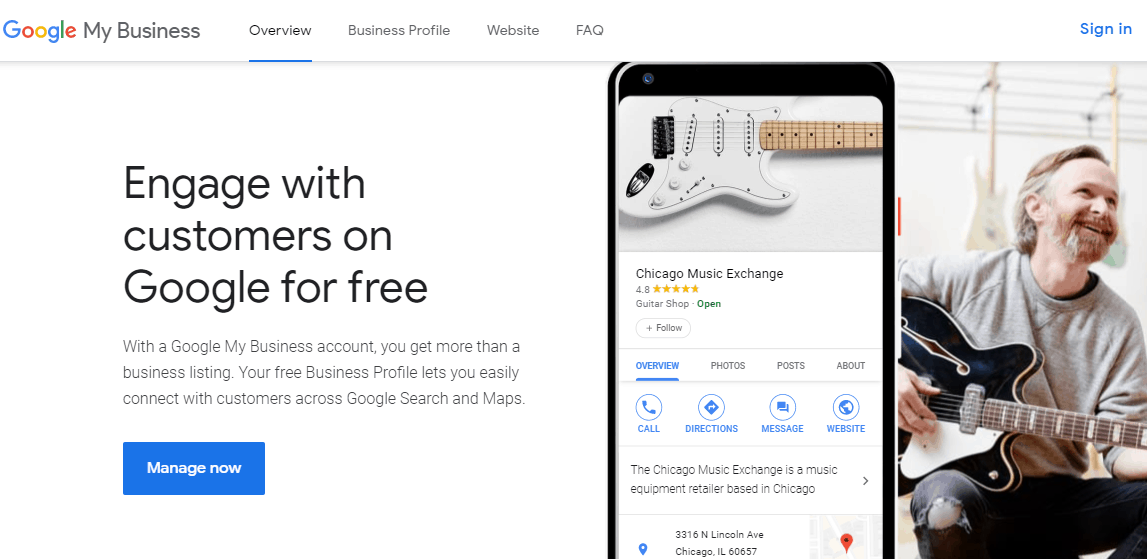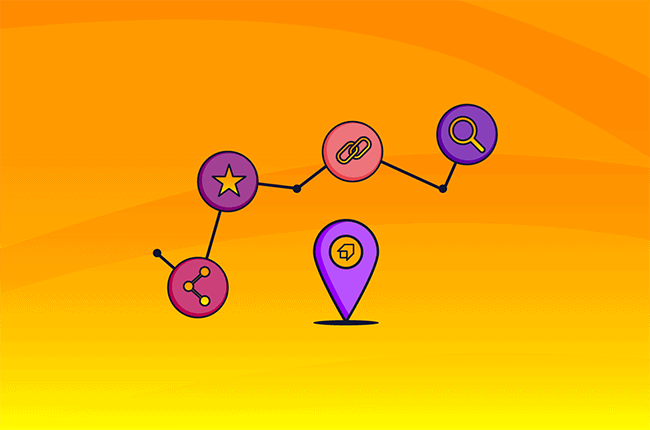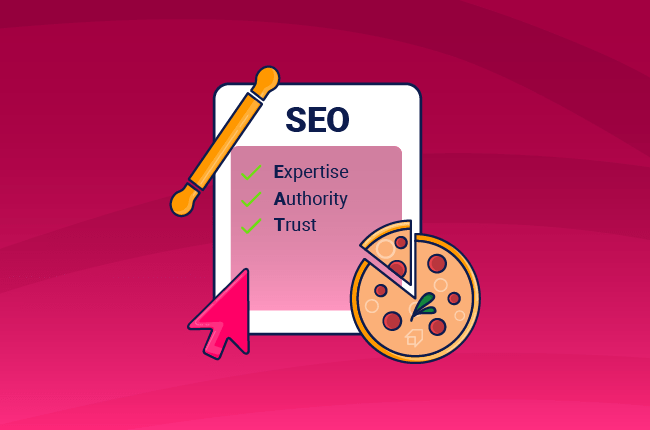Local SEO Ranking Factors: how to rank your Business
Ranking in the top positions of the SERP for local keywords may be easier than competing for national or international ones.
However, it is not simple. It is essential to know how to move to avoid mistakes.
There are many elements to consider. For this reason, we put together the main ranking factors for local SEO.
Do you want to know which ranking factors are essential to succeed on search engines with your local business?
Google My Business
Google My Business itself is not a positioning factor, but it is a significant part of the optimization work for local SEO.
First of all, make sure you’ve registered your business profile on Google My Business (it’s free!).

After completing the sign-up process, all you have to do is add the information your customers may need (opening hours, address, contacts, etc.).
Also, Gooogle takes three factors into account when placing a local business in the SERP.
Learn how to create a Google My Business account and bring your local business on top with our free guide.
Relevance
Google determines how relevant a particular Google My Business tab is thanks to the user’s search intent. First of all, make sure you provided as much information as possible about your local business.
Distance
Google takes into account the distance between the user and the business’s location (through geolocation or the Phone’s I.P. address), and the local activities related to the search.
Of course, if a user were to search for “plumber in Milan”, Google will show the results only for the city of Milan (regardless of geolocation and I.P. address).
Prominence
Google tries to identify the importance of a business. The more the local company in question is known and trusted, the more Google will reward it with a good ranking within the SERP.
In this case, good reviews and ratings play a crucial role, as well as links and mentions.
Check our free Guide to Google My Business to learn how to create and optimize your listing and get more customers.
Links
Links play a crucial role in the placement of a website, also in local SEO.
You should try to get backlinks from relevant websites, as always. But you may want to get links from websites of other local businesses.
As always, you also must make sure that these websites address users’ needs and are relevant to the topics you are covering.
Do you want to learn more? Read our guide to link building for local SEO.
On-Page
Working on the on-page optimization allows you to provide a better user experience. Also, il helps the search engine understand your pages’ content and the services you offer.
Optimize your pages with the keywords you have chosen. Put the keywords in the title and inside the headings. In this way, you define both humans and crawlers the topic you are addressing.
Also, make sure that you use schema.org structured data. In this way, you can add useful information on a rich snippet that appears on Google’s SERP.
Tips:
Put NAP (name, address, phone number) information in the footer and at the top of each page.
In your contact page, embed Google’s map of your location.
Check the On-Page optimization of your Local Business’ website for free with our SEO Checker.
User experience
Google’s latest updates made the user experience is one of the most vital aspects of SEO. So, before thinking about positioning, you must think about providing users with an outstanding user experience.
And the same goes for local SEO. Here we outline the UX-related elements that Google considers.
CTR (Click-through rate)
This metric indicates how many clicks your website has received compared to the number of impressions.
A page that has a high CTR is probably considered more relevant by users.
To increase the CTR, you should work primarily on the title and meta description tags. In this way, you can entice the user to click on your snippet.
Bounce rate
The bounce frequency represents the number of users who, once they have landed on our page, abandon it (returning to Google’s SERP).
It is a score that you should keep as low as possible. Otherwise, it could mean that the users don’t find your content consistent with their search intent.
Speed
The loading speed of your pages is one of the most crucial positioning factors in local SEO, too.
If your page takes too long to load, the user could decide to leave it, increasing your bounce rate.
Navigability is, in fact, the basis of the user experience. Make sure you have an organized website that’s easy for both users and search engines to understand.
Use categories, tags, and breadcrumbs to help your users quickly navigate from one page to another.
Also, make sure that each page leads the user to take a specific action: take advantage of the call to action and always keep in mind the need the user wants to meet.
Social signals
Having the right presence on social networks has an indirect positive effect on the positioning of your website.
In addition to providing greater visibility and reliability to your brand in the eyes of the potential customer, curating social profiles will give you an additional traffic source.
Learn more about Local SEO
Are you moving your first steps in the world of Local SEO? Read our introductive guide to Local SEO to learn everything you should know to bring your business in the first position of Google and the other Search Engines.






